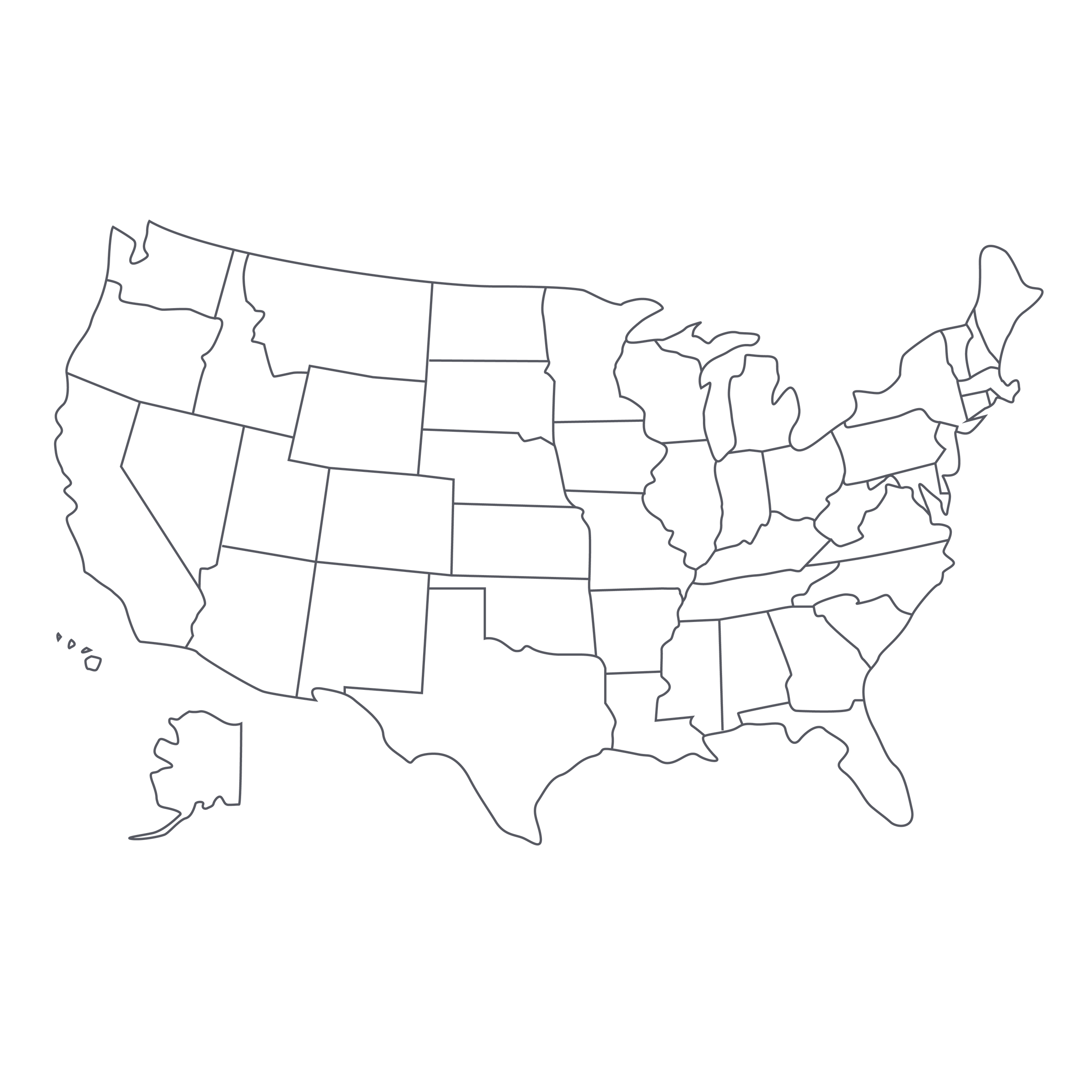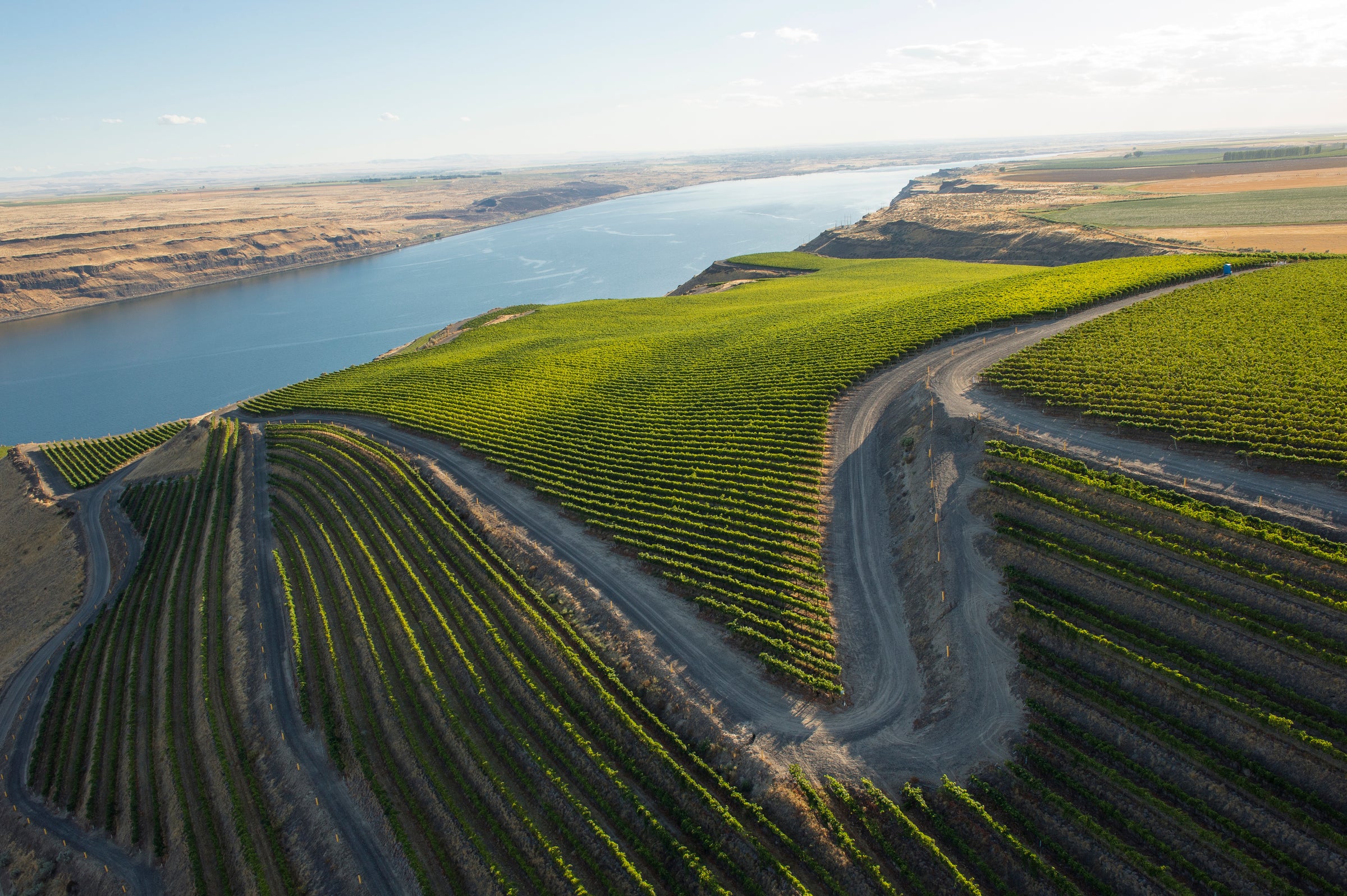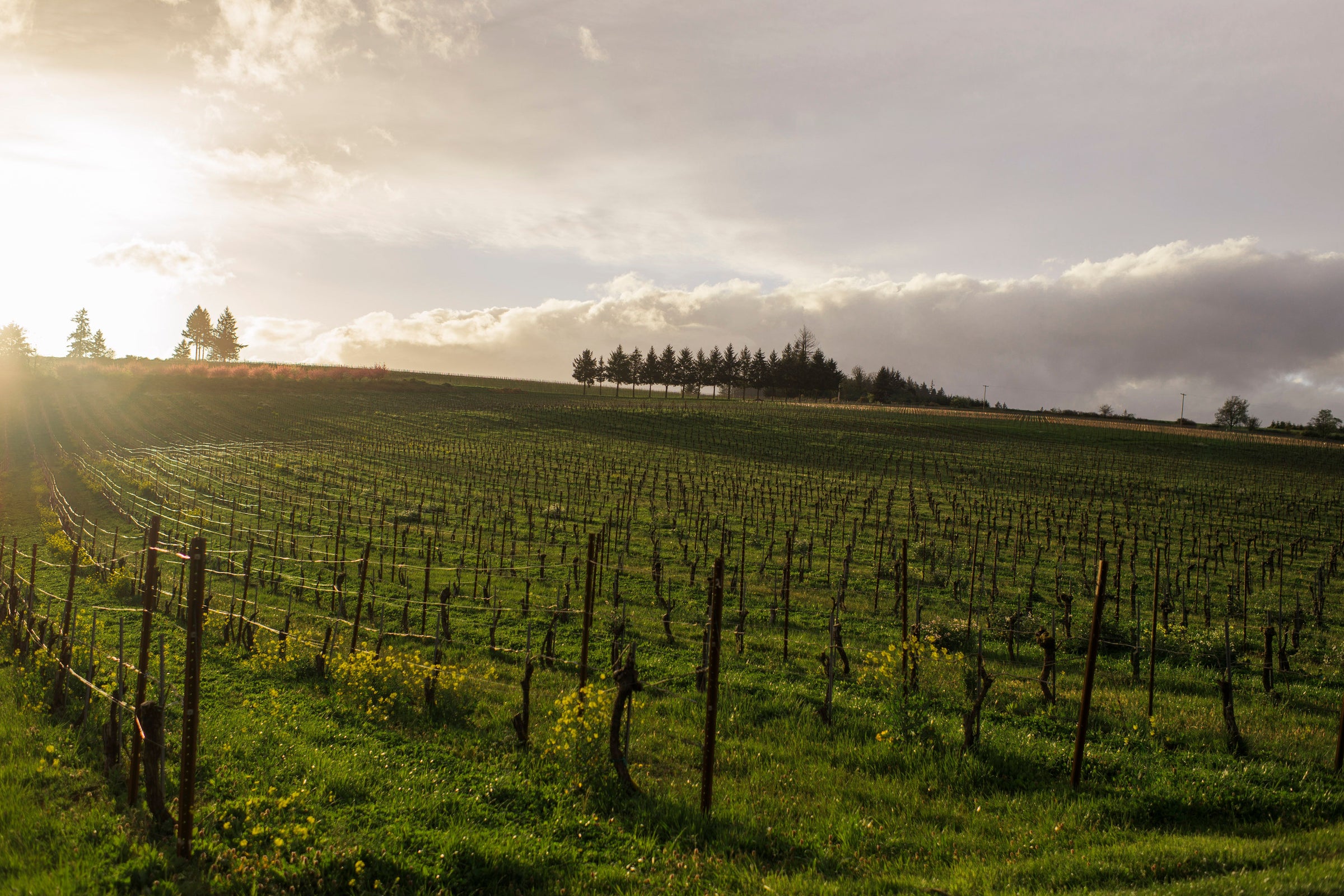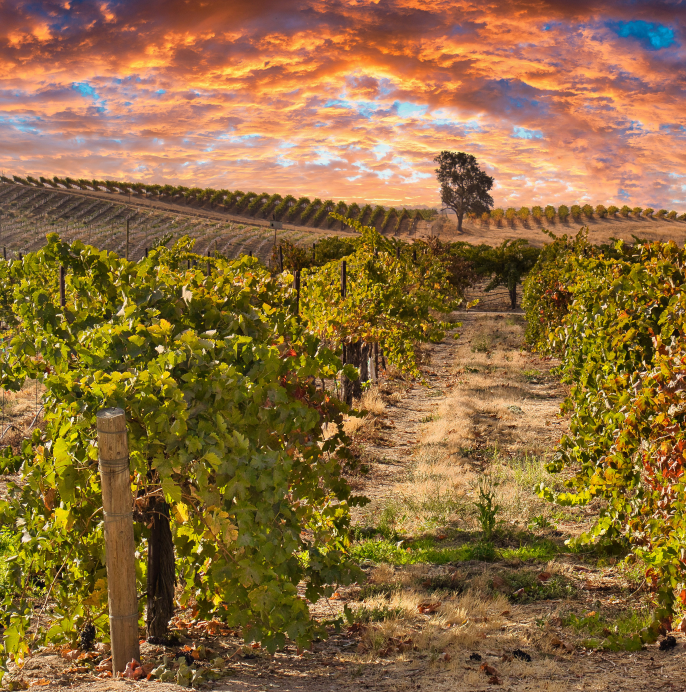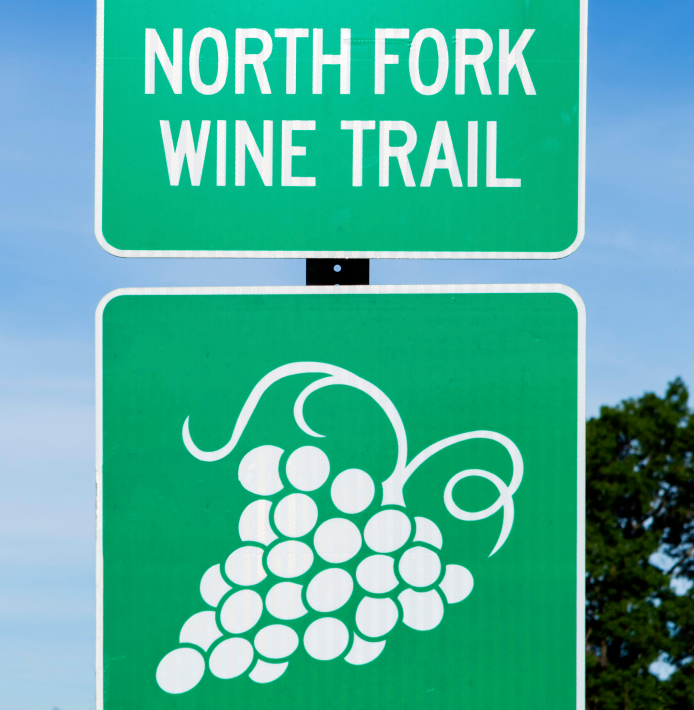The brilliant work of Santa Barbara’s über-talented, second-generation vintners has become unavoidable: These wines have serious international clout, they’ve dismantled Premier and Grand Cru Burgundies in blind tastings, and have become one of my go-to choices as Burgundy prices continue marching skyward. The only downside? As the world continues learning about and savoring these masterfully crafted gems, young, enterprising, highly ambitious winemakers have entered the fold at breakneck speeds. It seems a new project springs up every fortnight, so it takes a lot of investigating and hands-on research to find the diamonds.
Piro is one of those diamonds, and our white-hot enthusiasm during our tasting convinced us this will be a must-watch name in the coming years. But unlike Columbus, we won’t take credit for the discovery: wine critic Antonio Galloni added his two cents before us by claiming that “Marc Piro is one of Santa Barbara’s most promising young Pinot producers.” That ringing endorsement is fully confirmed in today’s 2018 “Points West” Pinot Noir. It’s packed with a velvet-gloved punch to turn around any lingering naysayers and double-loaded with terroir and elegance for lifelong Pinot disciples. However, this micro-production of 150 cases means only a tiny allocation for us and much-smaller quantities for you, so don’t blink on this one. It’s lightning in a bottle, not bound to strike twice!
After graduating from college, Marc Piro knew one of the few jobs he could land that required no previous winemaking experience was working the night shift at a behemoth custom-crush facility in Gisborne, New Zealand. Pressing endless tons of bulk-grade Sauvignon Blanc was hardly glamorous but it carved the first notch on his winemaking belt. From there, he jetted down to South Island stronghold Villa Maria to catch a second harvest that same year (2011). He was back to the States just in time to jump in the harvest operations at Thacher Vineyards in Paso Robles. It was here that Sherman Thacher introduced him to famed Argentine grower, Santiago Achával, who was collaborating on a new Paso Robles venture, so the following year found him working harvest at Achával-Ferrer in Mendoza. Writing a winning essay sponsored by UC Davis’ Enology/Viticulture Department landed him an internship with Santa Maria Valley gurus Jim Clendenen (Au Bon Climat) and Bob Lindquist (Qupé). Once that yearlong gig was up, he squeezed in another Southern Hemisphere harvest at Vasse Felix. Marc’s desire to settle down somewhere on the Central Coast serendipitously coincided with the need for an assistant winemaker back at Clendenen’s home base. He’s been there ever since, and 2021 will be Marc’s tenth harvest at Au Bon Climat/Qupé. To this day, it’s where he crafts his eponymous label, starting with just two barrels of Pinot Noir in 2014.
In Northern Santa Barbara County, the Santa Maria Valley is producing some of the greatest Pinot Noir on the planet. Thanks to a specific microclimate, made possible by the unique, east-west cooling effects of the Transverse Ranges off the coast of the Pacific, this distinct region of California delivers a Burgundian expression much like the best of Oregon, with slightly more texture and explosive fruit. The appellation’s well-situated vineyards and moderate temperatures result in the ideal, trifecta combination found in top-tier Pinot Noir: ripeness, tension, and aromatic complexity. For this impressive 2018 Piro “Points West” cuvée, Marc blends two ultra-premium Pinot Noir sites in the Santa Maria Valley: Presqu’ile and Runway. Located about 15 miles east of the Pacific ocean, Presqu'ile vineyard sits on ancient dunes and these sandy soils create elegant wines with high-toned aromatics, structure, and minerality. The farming here is sustainable and hyper-vigilant. Runway vineyard shares its property line with the western edge of the Bien Nacido Estate, arguably the most famous vineyard in the United States. Planted in 2008 with high-grade, clonal selections, Runway’s Pinot Noir vines are rooted in sandy topsoils packed with significant amounts of clay, providing more “flesh and opulent, mid-palate fruit” to this wine, according to Marc. He adds, “I’d say Runway has cooler nights, and Presqu’ile has cooler days.” Capturing the best of both worlds, he blended 58% Runway fruit with 42% Presqu’ile in this 2018.
Hand-harvested, hand-sorted and 100% de-stemmed, today’s 2018 Piro Points West Pinot Noir was fermented in open-top tanks through a 14-day maceration period. The two vineyard lots were fermented and aged separately. Afterward, the wine was pressed and put in French oak barrels (50% once-used and 50% neutral). The wine remained in barrel, aging for 21 months prior to a final blending and unfiltered bottling. Bristling with energy, this remarkable effort possesses a striking purity of fruit and exceptional balance. In the glass, it reveals a deep ruby-garnet hue with magenta highlights toward the rim. An enchanting upper register of aromatics jumps forward with vivid red berry fruit, kola nut, ripe cherry, blood orange, baking spice, dried flowers, and anise. The medium-bodied palate hums with verve, ripeness, and intensity before finishing with a commanding, chiseled freshness. A 60-minute decant is definitely encouraged prior to serving in your largest Burgundy stemware. Over the course of an hour, Piro’s 2018 “Points West” slowly revealed layer after nuanced layer. As the wine inched open with more detail, it begged equivalency to a young and vibrant Premier Cru Chambolle-Musigny. There’s no doubt, Piro is a break-out star on the rise. Grab hold while you can!


